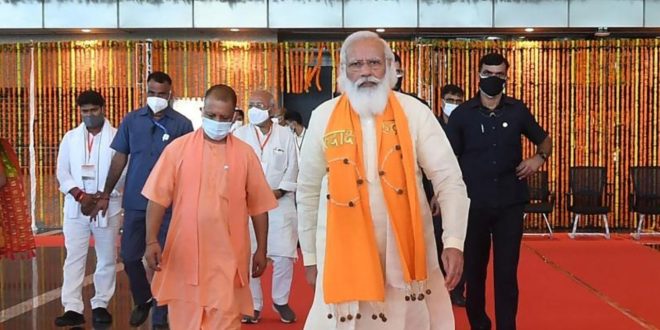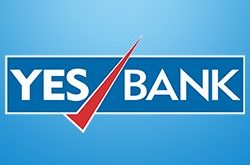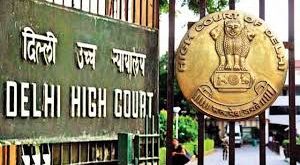New Delhi: In the selection of BJP candidates in Uttar Pradesh, apart from catering to the upper caste communities, the Other Backward Classes (OBC) factor is also being given a lot of attention. The party is also making a special strategy for the OBC category with smaller allies in the state. Apna Dal and Nishad Party represent OBC communities. In such a situation, BJP is likely to get the benefit of this too.
The BJP leadership will start the selection of candidates after the conclusion of Jan Vishwas Yatras in the state. It is worth mentioning that the BJP has acquired a lot of information about the political and social equations of every MLA and every region during its statewide Jan Vishwas Yatras. The party has also collected area data from the organization and other sources, which will be of great use in the selection of candidates.
According to sources, the BJP leadership will give a lot of preference in allotment of tickets to this community considering the strength and numbers of the Backward Classes community in the state. However, with the Yadav community being a traditional supporter of the Samajwadi Party, the BJP’s focus will be more on the OBC communities. The BJP has been getting a lot of support from the Kurmi and Lodh communities in the state in the past and this time too it has high hopes from these two communities. Apart from this, by staying with the allies Apna Dal and Nishad Party, it can also get the support of backward class communities. BJP’s opinion will also be important in deciding the candidates of these two allies, so that the arithmetic of each seat can be made correctly.
The upper caste community is also important in BJP’s strategy. Especially the Brahmin community, which the party is making every effort to cultivate. For this, along with adopting political and social methods, efforts are being made to send a message through the administrative medium as well.
BJP has prepared a three-tier formula to decide the candidate. The panel of names coming from the districts will be considered by the State Election Committee and the Core Group. After this, the core group of the state will discuss each seat with the national leadership of the party in Delhi. In this, there will be a meeting of the core group with selected central leaders. Most of the names will be finalized here, which will then be sent to the Central Election Committee for stamping.
 Indian Thought Latest News & Views
Indian Thought Latest News & Views



